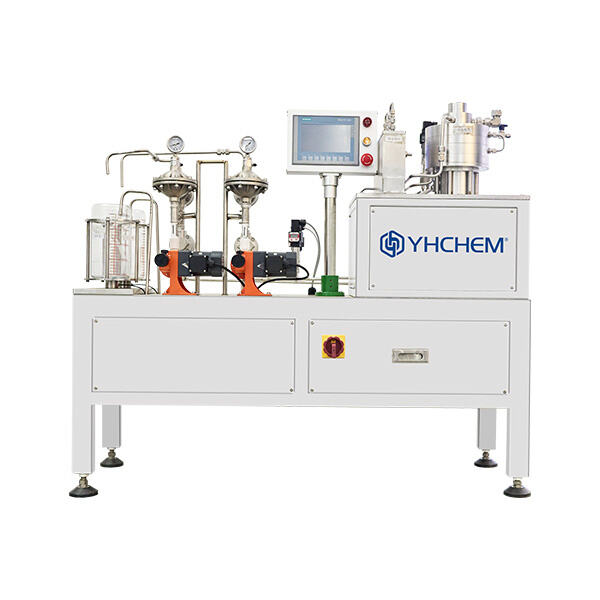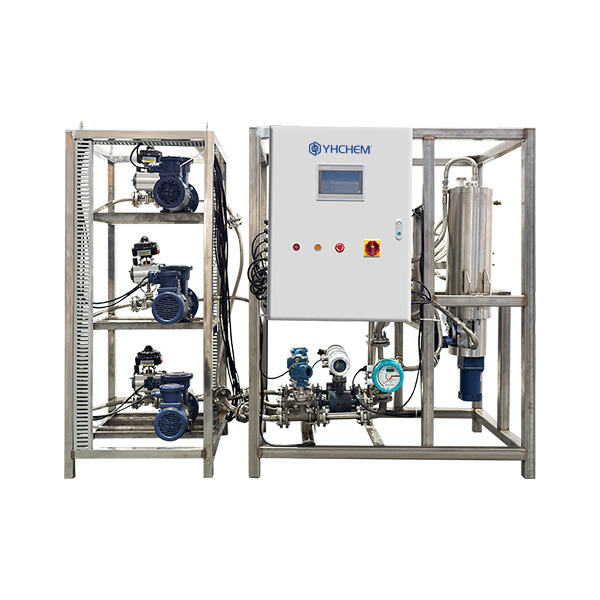Wall-less micro flow reactors are apparatuses in which chemical reactions may be performed continuously, as opposed to batchwise. Typically, such reactors are fabricated from glass, metal or ceramic, and are adapted to efficiently blend reactants as well as transfer heat. They are much smaller than traditional batch reactors, enabling more precise control of reaction parameters such as temperature, pressure and residence time.
Continuous flow microreactors offer several advantages. The most important advantage is the possibility to provide reactions to be executed in a safer and better controlled way. Because the reactions occur on an ongoing basis, it is that less likely for there to be uncontrolled reactions or problems. Furthermore, the use of microreactors under flow conditions results in superior control over reaction conditions and offers enhanced yields and purity of products.
Continuous flow microreactors also allow to carry out reactions that are not feasible in batch reactors. For instance, in some instances control of residence time, temperature or mixing is needed and can more easily be effected in a continuous flow microreactor. Furthermore, the demand for heating or cooling to maintain contemporary reaction conditions in the batch reactor as well as the energy consumption is lower in continuous flow microreactors.
Micromixers have extensive usages in organic synthesis. They are extensively employed in pharmaceuticals for the manufacture of small molecule drugs and APIs. They are also applied in the field of specialty chemicals, polymers and agrochemicals synthesisOperating stochastic approach to continuous flow synthesis: Grzybowski et al.

Optimal performance is dependant on a variety of factors when designing continuous flow microreactors. These parameters include reactor geometry, material of construction, flow rates, temperature control, and mixing efficiency. Specifically, reactor should be design on a case by case bases depending on the reaction itself, residence time, reaction kinetic, and the extent of heat transfer.

The future of continuous flow microreactor technology is bright, as advancing and innovate reactor designs, new materials, and control systems continue to emerge. Continuous-flow microreactors are expected to be incisive solution to these requirements with an increasing demand of cleaner, sustainable and green chemistry industrial processes.

However, there are some problems in continuous flow microreactor technology which are required to be solved, such as the following two: Among the greatest hurdles is how to scale up these reactors for commercial production. While flow-through microreactors for continuous operation have been demonstrably used at an academic scale, scaling up to production remains challenging for reasons including scalability, cost and safety.